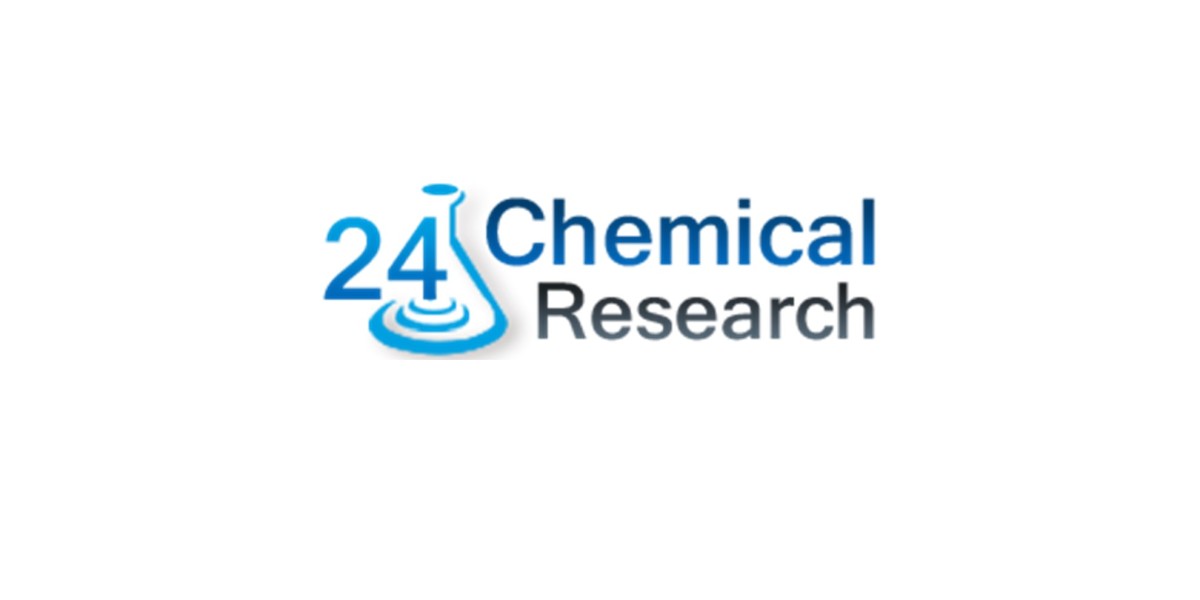In a world where cyber threats lurk around every digital corner, safeguarding sensitive information has never been more critical. With businesses increasingly relying on technology and remote work becoming the norm, ensuring that only authorized users gain access to your network is paramount. This is where network access control (NAC) steps in as a vital component of modern cybersecurity strategies. But what exactly makes NAC so essential? Let’s explore its significance, real-life applications, and how emerging technologies are shaping its future in today's dynamic digital landscape.
Why NAC is Essential in Today's Digital World
As organizations embrace digital transformation, the complexity of managing access to sensitive data grows. Unauthorized access can lead to severe consequences, including data breaches and financial losses. This is where network access control becomes crucial.
NAC helps establish a robust security perimeter by verifying user identities before granting them entry into the network. It ensures that only trusted devices can connect, reducing vulnerability to cyberattacks.
With increasing mobility trends and IoT devices flooding workplaces, NAC solutions adapt to these changes seamlessly. They provide continuous monitoring and real-time responses to suspicious activities across networks.
Moreover, regulatory compliance demands stringent access controls. Organizations must adhere to laws like GDPR or HIPAA; failing could result in hefty fines and reputational damage.
Embracing NAC not only fortifies an organization’s defenses but also fosters a culture of cybersecurity awareness among employees. In today’s interconnected world, this proactive approach is indispensable for any business aiming for longevity and resilience against threats.
Case Studies: Real-life Examples of NAC Implementation
One notable case study involves a large healthcare organization. They faced significant challenges in managing numerous devices connected to their network. With patient data at risk, they turned to network access control solutions. By implementing NAC, they gained visibility into all devices accessing the network and enforced strict policies based on user roles.
Another example comes from a financial institution that needed enhanced security due to regulatory compliance issues. After deploying NAC, they could segment their network effectively. This minimized potential breaches by ensuring only authorized personnel accessed sensitive information.
A manufacturing company also saw remarkable benefits from adopting NAC technology. They experienced an increase in operational efficiency as unauthorized IoT devices were promptly identified and isolated, reducing downtime caused by rogue equipment connecting without permission.
These real-world applications illustrate just how vital network access control is across various industries today.
Future of NAC: Emerging Technologies and Trends
The future of network access control (NAC) is poised for exciting advancements. As organizations increasingly adopt cloud services and remote work models, the need for robust security solutions has never been more critical. Emerging technologies like artificial intelligence and machine learning will play a vital role in enhancing NAC systems.
AI-driven analytics can provide deeper insights into user behavior, allowing for real-time adjustments to access permissions. This means that NAC solutions won't just react but proactively protect networks from potential threats. Moreover, with the rise of Internet of Things (IoT) devices, securing these endpoints becomes essential; advanced NAC frameworks are evolving to accommodate this growing landscape.
Another trend gaining momentum is zero trust architecture. By adopting a “never trust, always verify” approach, organizations can ensure that even authenticated users face stringent checks before accessing sensitive data or resources.
As cybersecurity threats become more sophisticated, so too must our defenses. The integration of NAC with other security protocols and tools will create a comprehensive shield against unauthorized access and breaches. With continuous innovation on the horizon, businesses are better equipped than ever to safeguard their digital environments through effective network access control strategies.
Keeping abreast of these trends ensures that organizations stay one step ahead in protecting their assets while embracing the flexibility required in today’s fast-paced digital environment.
For more info. Visit us:








